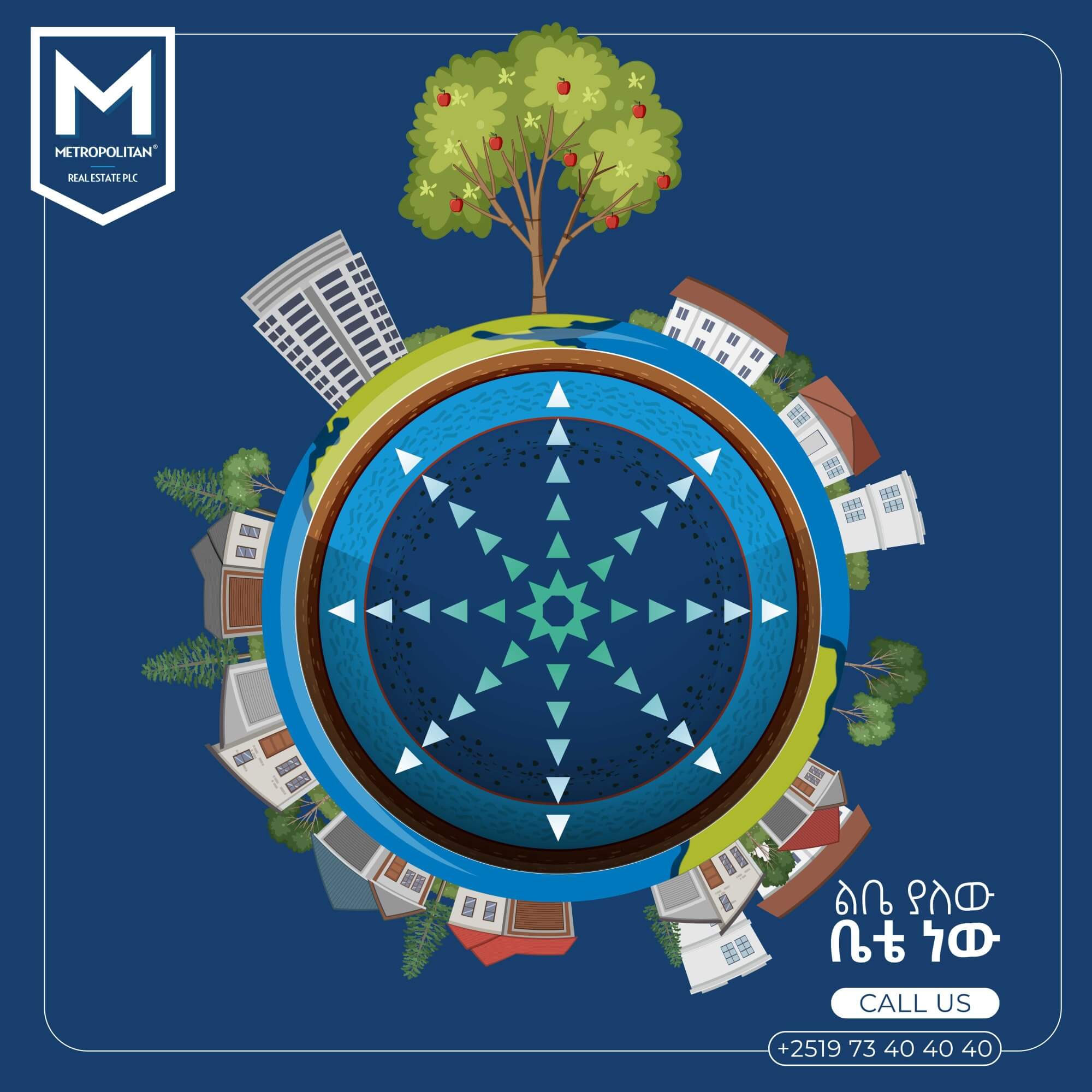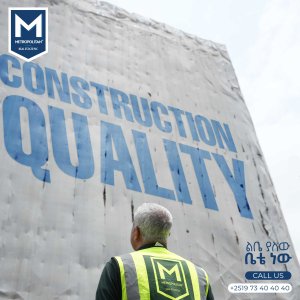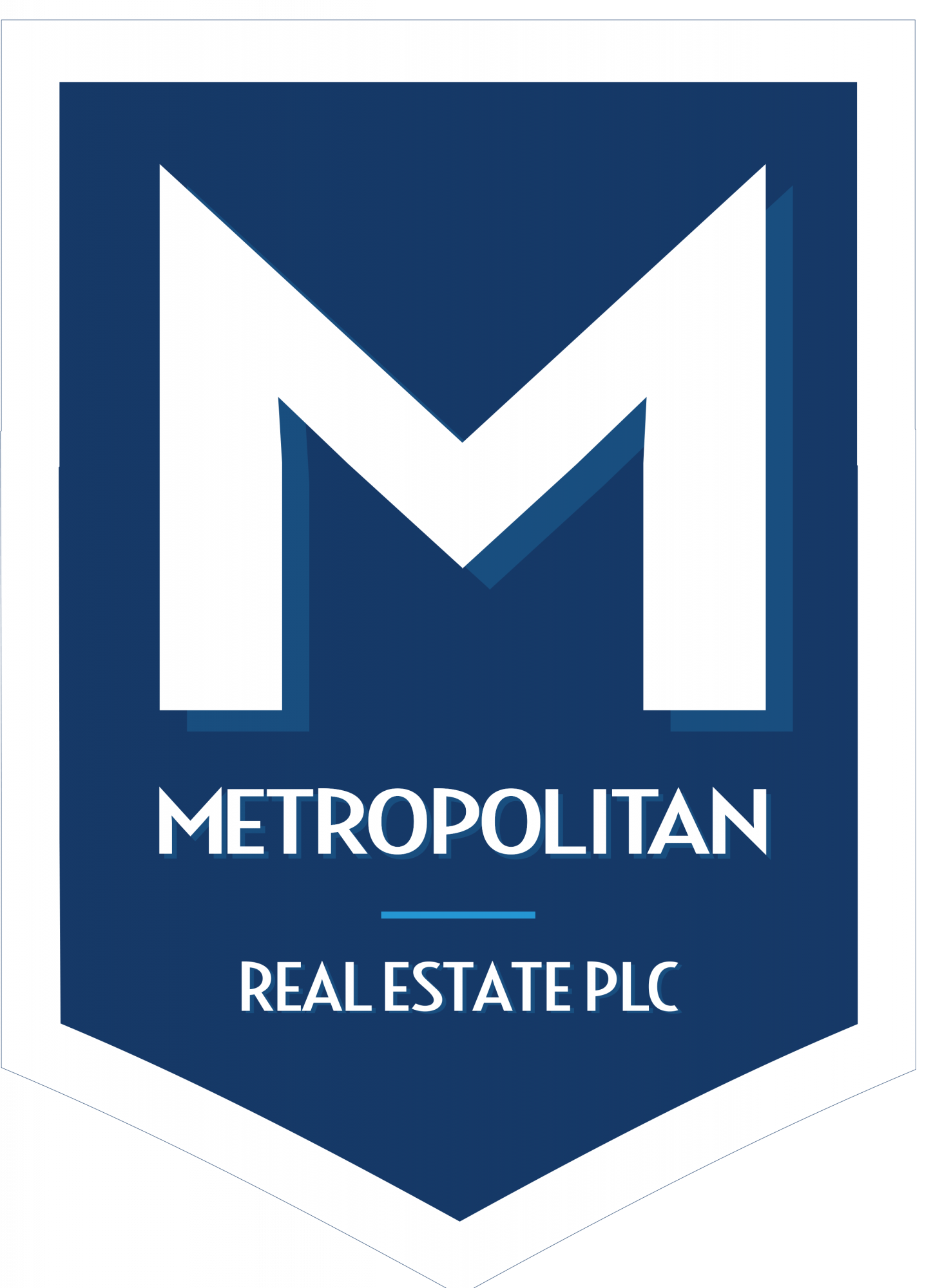Introduction
When it comes to real estate, location has always been a key factor in determining property value. But it’s not just about being in a prime spot; the development of the surrounding neighborhood also plays a crucial role. In Ethiopia, infrastructure, schools, shopping areas, and well-planned communities are shaping real estate investment opportunities. This blog explores why neighborhood development drives property value and how investors can make smarter decisions.
How Infrastructure Drives Property Value
Infrastructure is the backbone of neighborhood development. Roads, public transport, and utilities significantly influence property demand. Areas with improved access to main roads or transit often see faster appreciation.
Schools and Education
Neighborhoods with reputable schools attract families willing to pay more for convenience. Proximity to good schools can also boost rental income and resale value.
Lifestyle Amenities
Shops, cafes, and entertainment hubs enhance a neighborhood’s livability. Communities with planned commercial areas tend to appreciate faster than those without.
Connectivity
Easy access to public transport and main roads makes a neighborhood more desirable and can speed up property appreciation.
Urban Planning and Community Design
Thoughtful urban planning, including green spaces and safe streets, adds long-term value. Well-designed communities show higher demand and better returns.
Conclusion
In Ethiopia’s evolving real estate market, neighborhood development is as important as the property itself. Infrastructure, schools, lifestyle amenities, connectivity, and community planning all contribute to property appreciation. Savvy investors focus not only on location but also on the development potential of the surrounding area.
Investing in well-developed or developing neighborhoods is a proven strategy for long-term growth and rental income. High returns often come from the community around the property, not just the property itself.




